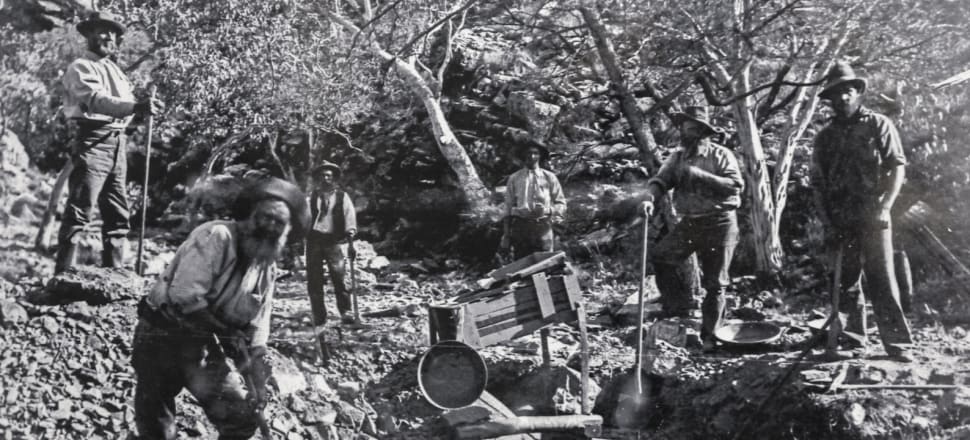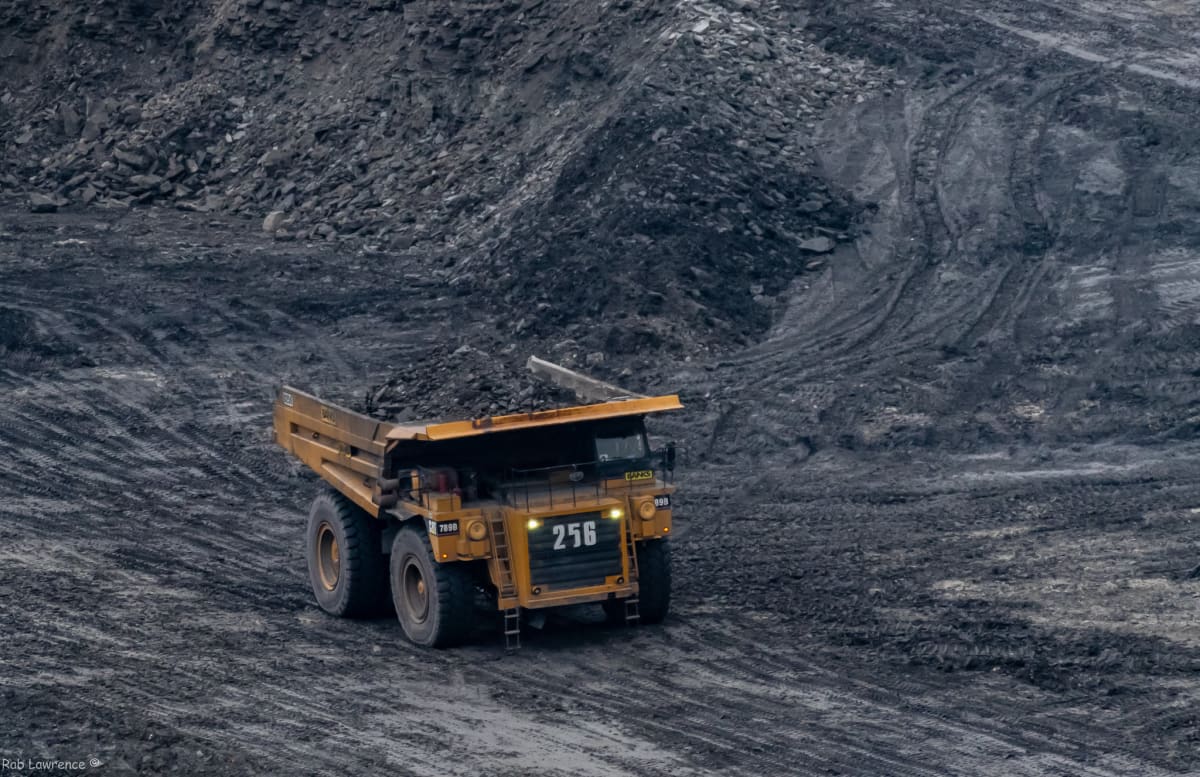
The mining industry claims Government efforts to tackle climate change unfairly use a conservation approach to stifle miners’ activities
West Coast miners say the Government’s new rules protecting native forest will deal a body blow to the region’s economy and turn two of its biggest earners into sunset industries.
The final version of the long-awaited national policy statement on indigenous biodiversity (NPSIB) released last week singles out coal-mining for special sanctions.
But Minerals West Coast, the industry advocate, says it also severely limits the future of gold and other mineral extraction in the region.
The policy announced by Climate Change Minister James Shaw aims to protect native wildlife and at-risk habitats from the decline caused by human activity.
As of next month, councils must not only identify but monitor and manage significant natural areas on private land and the Government will co-fund regional biodiversity co-ordinators to help them do it.
Shaw is also proposing a biodiversity credit system to reward landowners who protect important habitats and species.

The new legislation has been hailed as a significant win for nature by Forest and Bird chief Nicola Toki.
“It’s the first time our country’s native species have had this level of protection. We’ve already lost too much and year by year native forest, wetlands and tussock lands have disappeared.”
But Minerals West Coast manager Patrick Phelps says the policy unfairly demonises coal production and will inevitably result in legal challenges.
“This is really bad legislation. It’s supposedly about protecting SNAs [significant natural areas] in general but it singles out coal-mining, presumably in a bid to choke off the country’s coal supply.”
“If climate change is the concern, they should be using the Climate Control Act or emissions trading scheme and having an open conversation with the public about it, not cramming coal-mine clauses in through the RMA back door.”
SNAs the snag
The problem for miners is that the policy requires them, with some exceptions, to entirely avoid adverse effects on an SNA – which now includes conservation land, Phelps says.
There can be exemptions: if a mine or development is needed to provide “significant national or regional public benefit”, for instance.
Or, “if the operation or expansion of any coal mine is lawfully established” before the NPSIB is gazetted.
In those cases, the old rules apply: miners could access Department of Conservation land if adverse effects could be minimised or off-set and the land rehabilitated.
That’s led to such projects as the restoration of native forest and wetlands at the Globe Progress gold mine near Reefton, described by DoC as “world-class”.
It’s also allowed coal-miner Bathurst to continue exporting steel-making Stockton coal, while funding pest control over the Denniston plateau and a large chunk of Kahurangi National Park.
Since 1987, miners have operated on about 3000ha of public conservation land, about 0.04 percent of the DoC estate.
But Phelps says the new policy will seriously curtail their options along with a significant source of funding for cash-strapped DoC.
“Jan Wright, when she was Environment Commissioner, was quite clear on this: the biggest threat to biodiversity is not mining, but pest species – stoats and rats – and it was unlikely DoC could ever afford the pest-control we need.”
The coal-mining clauses in the policy also contain one that Phelps says is a effectively a sinking-lid for the industry – and others.
“There are these exemptions, but there’s also a clause saying after 2030 they only apply to coking coal mines. That’s mainly the exporters.
“And that spells the end for our thermal coal producers, the ones that supply our South Island vege growers and dairy industry.”
Wood or wood pellets are not a viable alternative fuel for those industries in the south, Phelps says, because of insuffient supply, and electricity is too expensive.
F&B thumbs down
The coal-mining clauses in the NPSIB also get a thumbs-down from Forest and Bird, but for different reasons.
“Given the Government’s 2017 promise of no new mines on conservation land, not to mention the fact we’re in a climate crisis, allowing the possibility of coal mining within SNAs seems hypocritical,” says Toki.
But Phelps says, read in its entirety, the NPSIB allows the government to keep that promise by stealth.
“The SNA classification is going to capture all DoC land, and because the exceptions are too tight to allow for new coal or gold mines, it means effectively no new mines on conservation land.”
Talking to West Coast miners this week he says there’s a sense of despair.
“It’s like, ‘what’s the point?’
“They’ve really put the boot into coal yet it’s only 8 percent of New Zealand’s emissions. And the government’s the biggest user through owning Genesis.
“But it’s easier to tackle politically than transport fuels or agriculture, I suppose.”

The chief executive of Bathurst, Richard Tacon, is predicting a feast for lawyers given what he considers imprecise wording in the mining clauses.
“Woolly you could call them – expressions like ‘an operating mine’ and a ‘mine expansion’.
“If you look at the Crown Minerals Act, we’d say those apply once you’re granted the relevant licence, for instance.
“It’ll end up in the Environment Court, I have no doubt about that.”
The West Coast Regional Council, the smallest in the country with the largest area of SNAs, says the rules will create monitoring work its ratepayers can ill-afford.
But chairman Peter Haddock sees one brght light at the end of the biodiversity tunnel.
“The idea of credits for SNA landowners is good. We’ve argued all along that if you’re going to restrict private land use for the public good then the owner should be compensated.”
Conservation Minister Willow Jean Prime is calling for submissions on how a biodiversity credit system could be set up.
“I encourage people to submit their thoughts through the discussion document process on what are the key aspects that would ensure such a system will work for all.”
The public consultation process ends on November 3.
Made with the support of the Public Interest Journalism Fund








